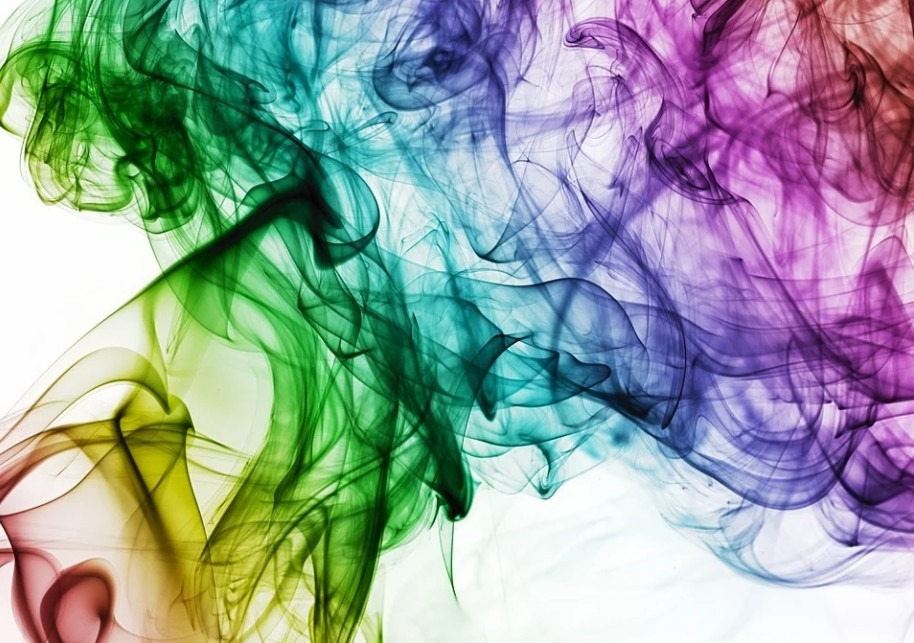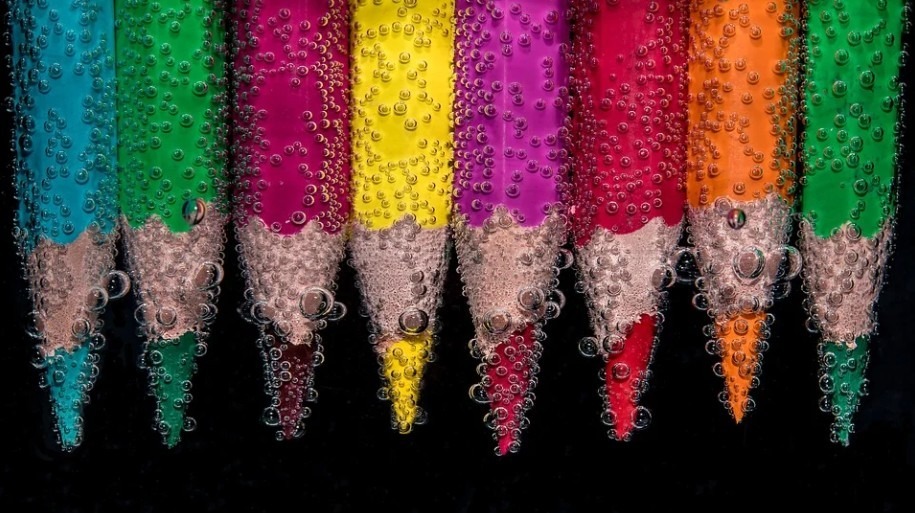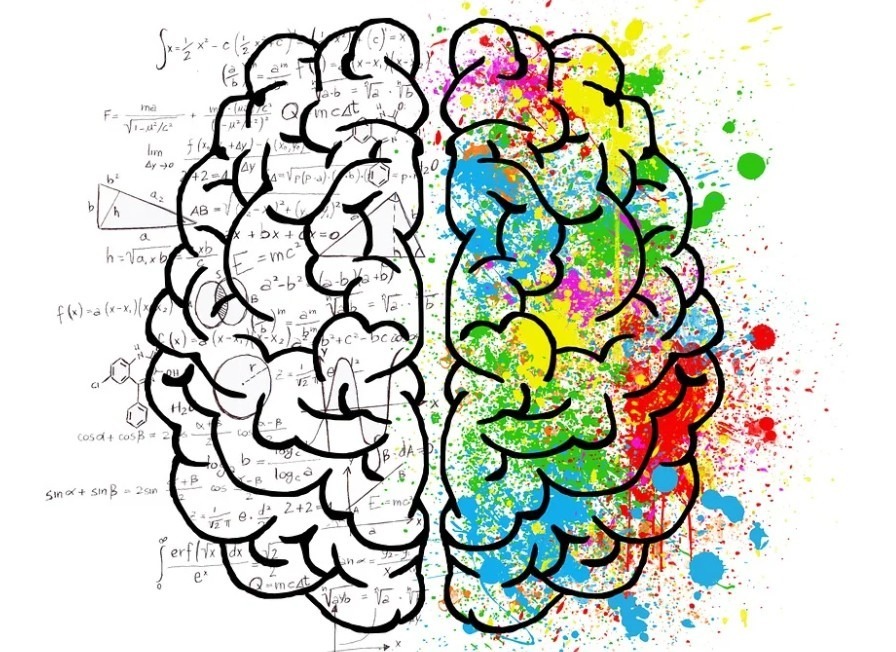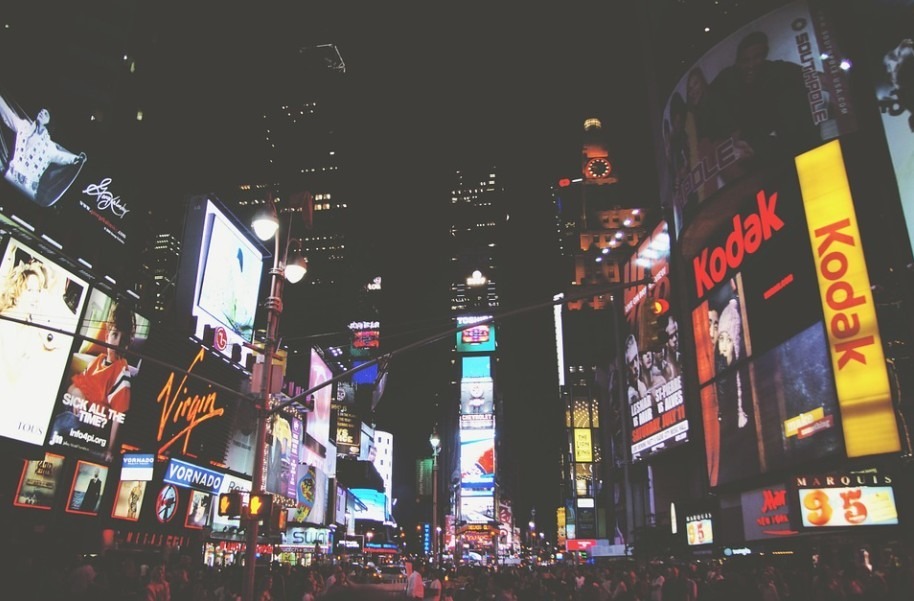A buyer’s first impression of a brand is vital. One way to keep your buyers hooked is to present an impactful logo of your brand and the products and services. And that can be achieved by understanding color psychology to enable you to make the most of your brand.
In a world where making choices is essential, having preferences for certain things matters in the same way buyers respond to products and services. Color becomes a reflection of people’s personality, like when having parties or when a couple decides on their wedding motif.
A study by Satyendra Singh of the University of Winnipeg entitled Impact of Color on Marketing describes the color as “ubiquitous and is a source of information.” It also states, “people make up their minds within 90 seconds of their initial interactions with either people or products. About 62?90 percent of the assessment is based on colors alone. Prudent use of colors can contribute not only to differentiating products from competitors but also to influencing moods and feelings — positively or negatively — and therefore, to attitude towards certain products.”
Before reading more about color psychology, we recommend you read first the use of colors in gambling.
What is Color Psychology?
Color psychology deals with the study of colors effect on the behavior and perception of humans. Johann Wolfgang von Goethe, a German poet, artist, and politician, made his earliest explorations on the theory of colors, which highlighted the psychological impact of different colors on mood and emotion. In fact, he made his own color wheel and definitions of every color.
An infographic by Kissmetrics presents that selling is the art of persuasion for retailers. It says, “There are many factors that influence how and what consumers buy. A large part of every decision is based on visual cues, and the strongest and most persuasive is color.”
In addition, the data also shows that 93% of the consumers consider visual appearance when choosing products, and 85% of the shoppers identify color as the primary reason they buy a particular product. Color increases brand recognition by 80%, which is directly linked to consumer confidence.
Color plays a significant role in designing. But it’s not universal. What attracts Western consumers might be different from Asians.
Let us learn what colors mean in psychology.
Primary Colors and their meanings
According to Science of People, primary colors are red, yellow, and blue.
- Red color implies passion, aggression, and a sense of urgency. So, if you are wondering why promotions and clearance sales often use red, this could be the answer. It also symbolizes movement and excitement, which is why it suits restaurants or fast foods as it stimulates appetite.
- Blue suggests reliability and tranquility. It is usually being associated with the sky and water, which means a sense of peace and security. Among all other colors in marketing, companies use blue to build a reputation in their brand, thus enabling buyers to patronize.
- Yellow is often associated with the sun, which evokes happiness, creativity, and optimism. According to color psychology, it’s the most eye-catching color. It also symbolizes warning and creates anxiety. Companies tend to use this color to catch impulsive buyers.
Canva, a graphic design platform that is being used at present to create social media graphics, presentations, posters, documents, and other visual content, has its own definitions of colors.
Canva believes that color holds power. It can impact our moods, emotions, and behaviors. It can also be a source of information. It cannot be denied that an individual’s response to color can stem from personal experience, but it can also be agreed upon that the science of color, along with color psychology, supports the idea that there’s far more to it. Check out some colors as defined by Canva.
Violet– evokes the same feelings of intelligence and confidence that blue does. It is also linked with human’s creativity and individuality.
Tangerine– is associated with energy, youth, and happiness
Brown– the warmth of brown is associated with healing, strength, and reliability. Additionally, people find brown comforting because the color is considered all-natural and earthy. No wonder organic products use this!
Fuchsia– is believed to inspire assurance and assertiveness. Like pink, it is considered a feminine color. Women’s magazine Cosmopolitan, the fashion label Betsey Johnson and the TV show Sex and the City all use fuchsia in their logos.
How do companies decide which color to use?
The answer is choosing the best color that best suits your brand’s personality. You may opt to have your own definition of your choice of color, or you stick to stereotypical color associations.
The “Dimensions of Brand Personality” study by a Psychologist and Stanford professor Jennifer Aaker points out five core dimensions that play a role in a brand’s personality.
Lastly, here are some statistics that could help you decide on the color of your brand.
- Nearly 8% of men and 0.5% of women are color blind. But color blue remains visible to each one of them.
- Blue, black, and gray are used by companies that target men as their clients.
- Red, orange, black, and royal blue attract impulse shoppers. Navy blue and teal appeal to shoppers on a budget. Pink, sky blue, and rose draw in traditional buyers.
- Businesses with women’s accessories often use pink, red, and purple.
(Source: Suresh Kumar, “Consumers Buying Behaviour–A Diagnostic Study”)
Choosing what exactly your color for your brand is like choosing your favorite Netflix show of your favorite Milk Tea flavor, but it entails careful and thorough research and planning so you will get precisely the best for your brand.




